Context card
| Context card | First Nations communities have their own traditional systems of governance that are different from the federal electoral system. These systems existed long before Europeans arrived and still exist today. For most of Canada’s history, First Nations people were granted the right to vote in a federal election only if they gave up their Indian status under the law. In 1960, First Nations peoples gained the right to vote in federal elections without conditions. Despite this, not many voted. Voting in federal elections was not part of their traditions. In recent years, more First Nations people have voted in federal elections. |
|---|
Activity cards
| 1867 | At Confederation, the federal government takes on responsibility for First Nations peoples (called Indians at that time) without asking them. The rules say that you have to own property to vote in federal elections. Not many First Nations people own property. |
|---|
| 1869 | For the first time, a law mentions federal voting rights for First Nations peoples. They can vote but only if they give up their Indian status. Like other federal voters, they have to be male, over age 21, and own property. Not many First Nations people meet these conditions. |
|---|
| 1876 | Parliament passes the Indian Act. The Act defines “Indian status” in detail. First Nations men who become doctors, lawyers or religious leaders lose their Indian status without their consent. They can vote because the law no longer considers them to be “Indians.” |
|---|
| 1917 | During the First World War, First Nations men and women in the military can vote in federal elections. They do not have to give up their Indian status. About 4,000 First Nations people serve in the First World War. |
|---|
| 1919 | The First World War ends. First Nations veterans lose the right to vote if they go back to living on a reserve. |
|---|
| 1920 | Parliament makes changes to the Indian Act. Over the next two years, government workers remove the Indian status of over 5,000 First Nations people. When this happens, they gain the right to vote. |
|---|
| 1948 | Tommy Prince and other First Nations veterans tell a parliamentary committee that they should have the right to vote without any conditions. Three years later, the Indian Act is updated, but voting rights for First Nations peoples do not change. |
|---|
| 1960 | All First Nations peoples gain the right to vote without any conditions. Prime Minister Diefenbaker had made this promise during the 1957 election. |
|---|
| 1962 | This is the first federal election where all First Nations peoples are eligible to vote. There are limited voting services in remote areas and on reserves. |
|---|
| 1982 | The right to vote is guaranteed for all Canadian citizens in the Canadian Charter of Rights and Freedoms. The Charter is part of Canada’s Constitution. This means that voting rights for First Nations peoples cannot be taken away by any other law. |
|---|
| 1996 | Georges Erasmus is co-chair of the Royal Commission on Aboriginal Peoples. The Commission reports that First Nations peoples do not see voting rights as a major achievement or a way to improve their lives. |
|---|
| 2019 | Perry Bellegarde, the National Chief of the Assembly of First Nations, urges all First Nations people to use their right to vote in the federal election. |
|---|
| From time immemorial to the present | Hundreds of distinct First Nations govern themselves for thousands of years. Each nation has its own complex system of government and way of choosing its leaders. |
|---|



![Black and white watercolour of a family making baskets (centre) and two men standing (right).]](/sites/default/files/styles/large/public/MP0065_21878.jpg?itok=quoiwiWf)
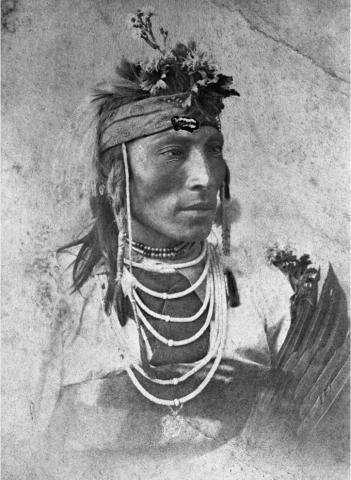


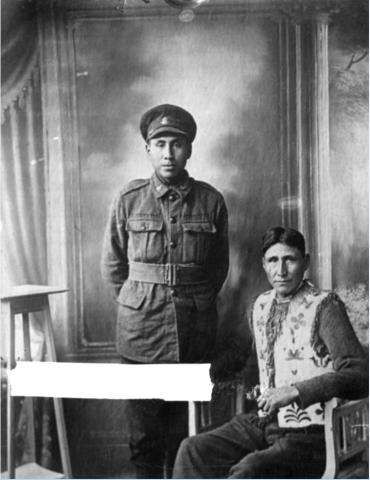
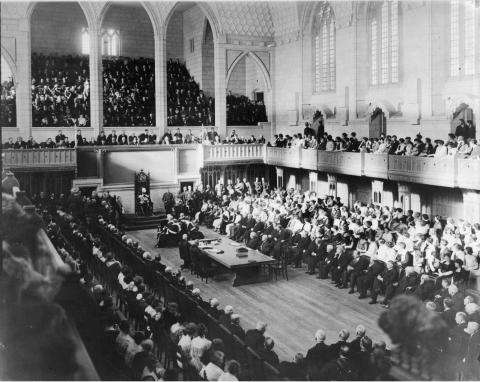


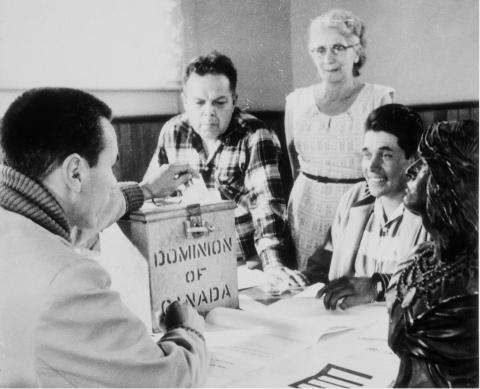
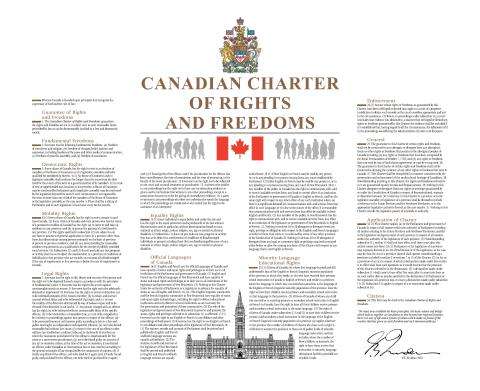
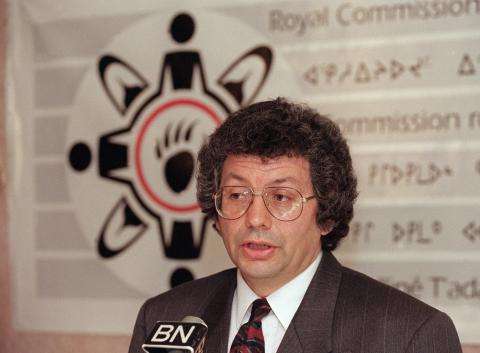
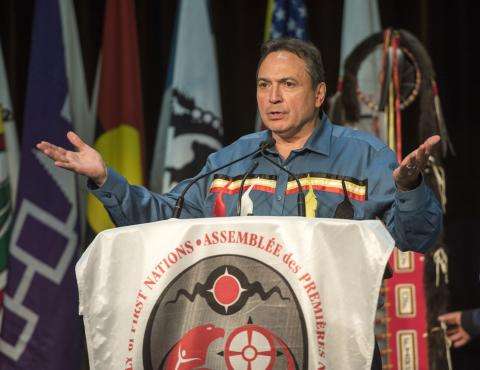
![Black and white photo of two Indigenous men in a bark canoe in Restigouche, Quebec.]Black and white photo of two Indigenous men in a bark canoe in Restigouche, Quebec.](/sites/default/files/styles/large/public/MP-1452137.jpg?itok=uHIz70Oi)